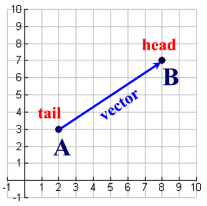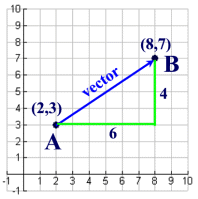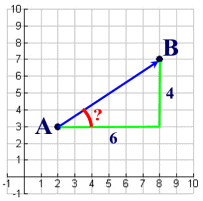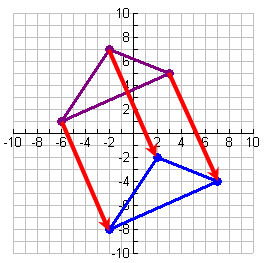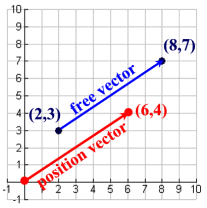Another way to describe a translation is with the use of a vector.
notation:
(Vectors may also be labeled as a single bold face letter, such as vector v.)
A free vector is an infinite set of parallel directed line segments and can be thought of as a translation. Notice that the vectors in this translation which connect the pre-image vertices to the image vertices are all parallel and are all the same length.
You may also hear the terms "displacement" vector or "translation" vector when working with translations.
Topical Outline | JrMath Outline | MathBitsNotebook.com | MathBits' Teacher Resources
|
||||||||||||||||||

